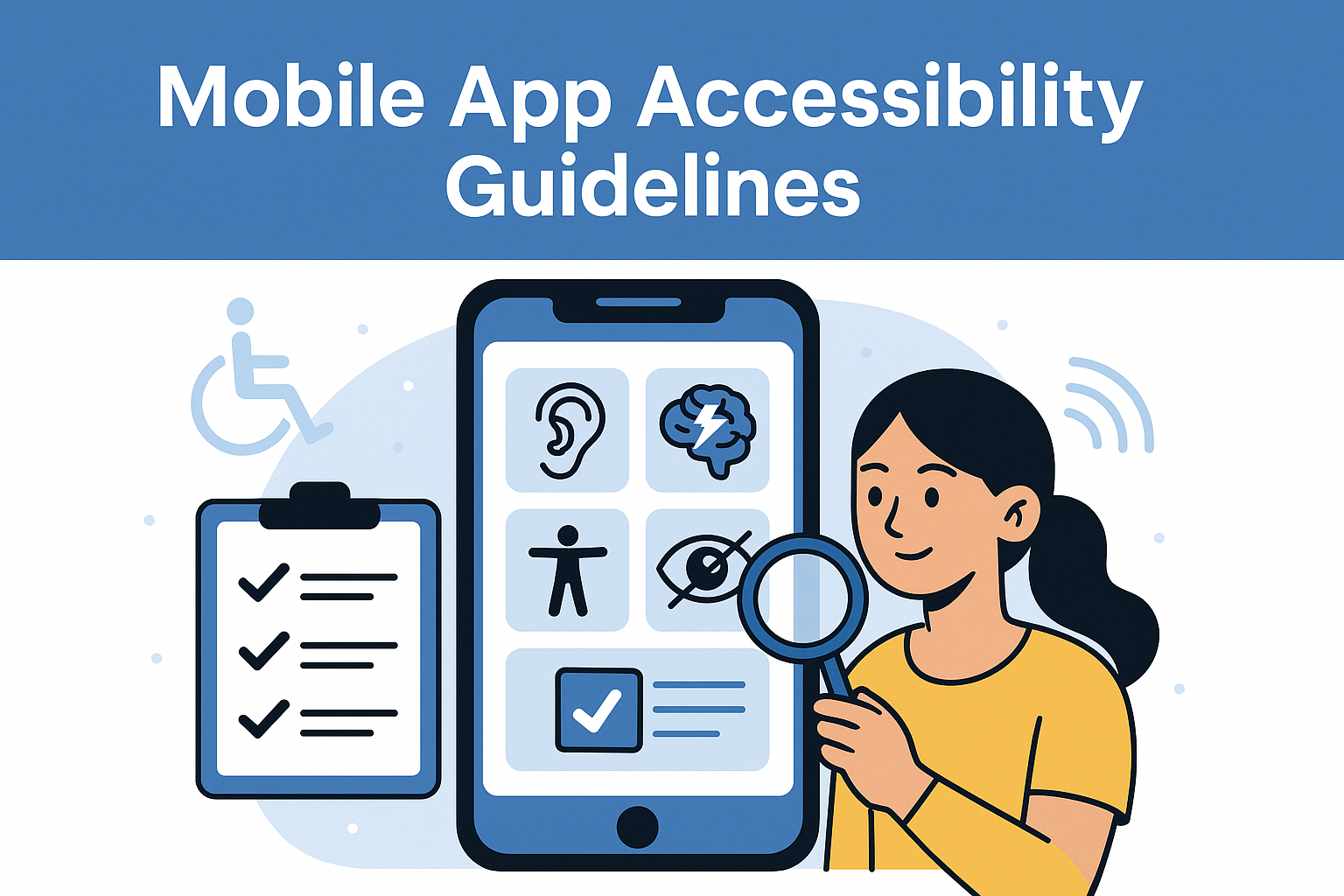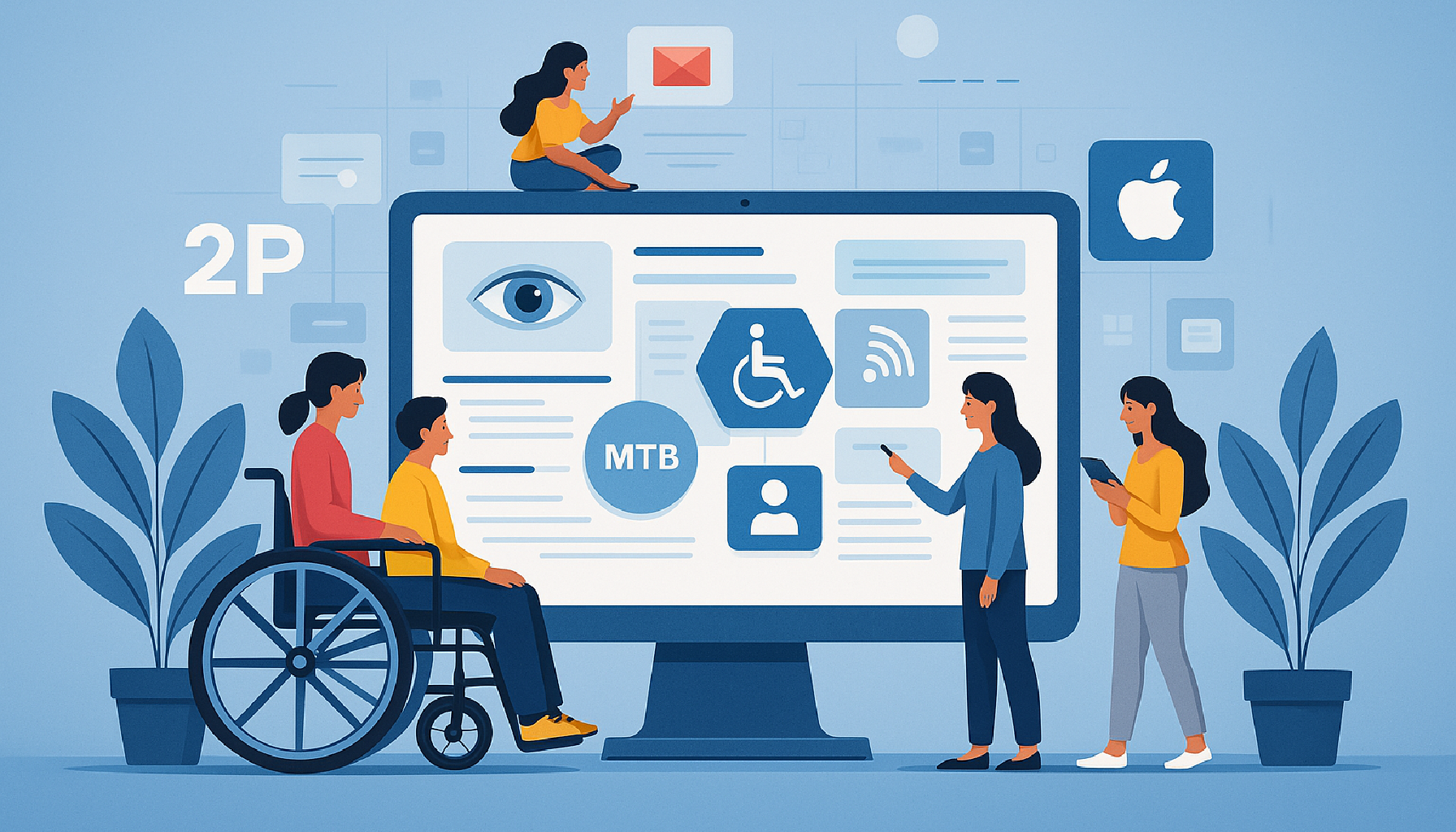Our Blogs

In recent years, the number of web accessibility lawsuits has seen a sharp rise in Canada and around the world. […]

Creating inclusive spaces starts in the parking lot. Handicap parking spaces, also known as accessible parking spaces, are essential for […]

When it comes to digital accessibility, two commonly mentioned frameworks are VPAT and WCAG. While both play an important role […]

Ensuring mobile app accessibility is essential for creating an inclusive user experience. Accessible mobile apps allow people with disabilities to […]

Creating an inclusive digital experience is a fundamental responsibility for UX designers. Accessibility guidelines for UX designers ensure that products […]

Ensuring web accessibility is crucial for making digital content inclusive, and one of the most fundamental aspects is writing effective […]

Ensuring accessibility is not just about compliance—it’s about creating inclusive experiences for all users, including people with disabilities. An accessibility […]


The Accessible British Columbia Act, introduced in 2021, marks a significant step forward in creating a more inclusive and equitable […]

The Accessibility for Ontarians with Disabilities Act (AODA) is a cornerstone framework designed to make Ontario accessible for everyone, including […]

Accessible parking plays a vital role in creating inclusive spaces for individuals with disabilities. In Canada, meeting accessible parking requirements […]

Accessibility in construction projects is essential to ensure inclusivity and equal access for all individuals, regardless of their physical abilities. […]
CONTACT US
Get Free Initial Compliance Consultation
At Accessibility Partners, we specialize in ensuring compliance with accessibility standards. Let us handle all your accessibility needs efficiently, so you can focus on your core business. Trust our expertise to keep your organization accessible to all.
